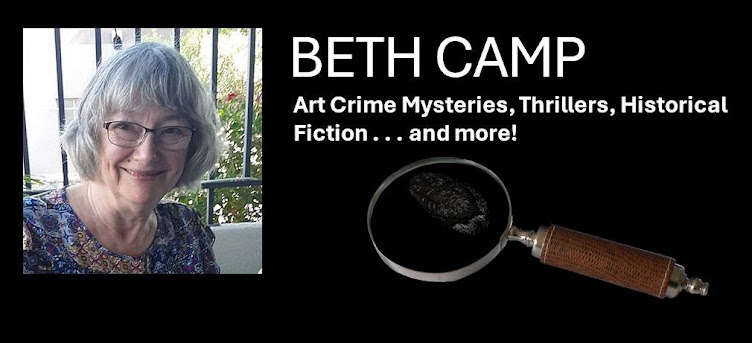These days marked by concern over global warming, brought me to thoughts of Katrina, that Category 5 storm that devastated New Orleans and its surrounding burroughs back in August of 2005. Nearly 2,000 people died. The economic effects were measured with losses of about 130 billion dollars.
Three years after Katrina, we went to the Gulf. Our buddy
was still living in a FEMA trailer and shuffling through contractors to rebuild
his house after three feet of river sludge changed the shape of the 9th Ward.
So, we went down to New Orleans, rented a basement apartment
that smelled like the Mississippi, and we worked at the library, unpacking
donated books, sorting them into what could be redeemed, some so musty from
Katrina it didn't matter who wrote them.
New Orleans was as fourth as big as it had been, cars navigated past potholes, strip malls were all boarded up, even Fats Domino's house had been abandoned. The neighborhood had a party when Piggly-Wiggly reopened.
Wherever we went, we heard stories of what happened when Katrina blasted in and
the levees failed.
Then our buddy said we had to go see the Indian parade.
You'd hardly know slaves had been kept if you visited any of
the sugar plantations out on the delta, restored white antebellum gentility,
not a hint of slavery. But once slaves worked the land, as ordinary as mint
juleps on the veranda. Some escaped to the bayou, and when men with dogs came
hunting, they hid with the natives. The Indian parade began sometime mid-19th
Century with secret societies forming tribes, part thank you, part
coming-of-age for young black men, part pure survival through post-Civil War
segregation.
We lay on the grass at Marcus Garvey Park as families
gathered, smelled barbeque, and lapped up the gravelly blues and jazz of Dr.
John and gospel singers, their voices a honey-toned prayer.





